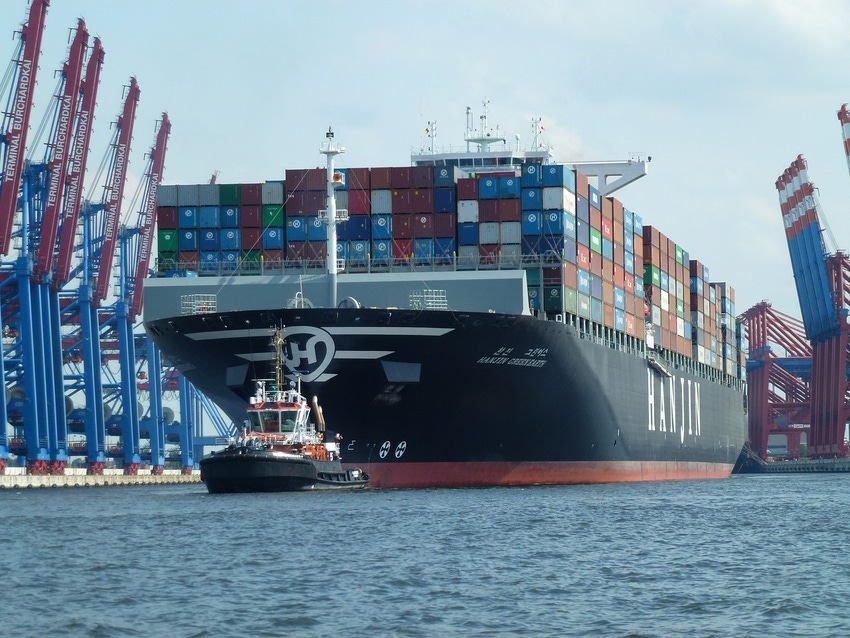Restaurant sector still faces long recovery but traffic rebounding as more people return to work

Since January, the coronavirus pandemic has created significant challenges for the food industry in Asia, with in-restaurant dining suspended in some countries for several weeks. But demand for pork and beef has proven resilient at the retail level, with supermarket sales remaining very strong and consumers greatly increasing their use of e-commerce platforms and delivery services. The restaurant sector still faces a long recovery, but U.S. Meat Export Federation (USMEF) president and chief executive officer Dan Halstrom said it is showing strong signs of improvement, with more workers returning to a normal routine and restaurant traffic beginning to rebound.
“While we’ve only been dealing with the coronavirus for the last few weeks here, they’ve been dealing with it in Asia since January. I’m happy to report that we’re actually seeing some very good signs out of Asia, specifically Taiwan, Hong Kong and China,” Hasltrom relayed. “People are getting back to work; restaurants are reopening. It is by no means normal, but it is returning at a pretty fast trendline, with people out in restaurants. It’s not the same kind of demand it was pre-coronavirus but definitely going in the right direction.”
January pork exports cooled slightly from the volume and value records established in December 2019, but still far exceeded year-ago levels. Both the January export volume of 273,603 metric tons (mt), up 36% year-over-year, and export value ($738.7 million, up 50%) were the second highest on record. Beef exports posted more modest growth in January, increasing 2.5% from a year ago in volume (107,374 mt) and 5% in value ($672.7 million).
“The dynamics and the indicators early in 2020 are very positive,” said Halstrom.
The impact of COVID-19 will be seen later in the spring, he added, “but I think the bottom line is, for everybody involved, there is still demand out there.”
Further, Halstrom said that while all of the focus is currently on COVID-19, the impact of African swine fever (ASF) is still being felt across the globe, heightening the need for high-quality protein.
“The reality is, roughly 25% of the world’s hogs are not there as compared to a year ago due to ASF, and there will be increased demand for imports globally for pork specifically, but also for poultry and beef.”
He noted that with the U.S. red meat industry in a period of record-large production, it is especially well-positioned to fill this need.
About the Author(s)
You May Also Like



.png?width=300&auto=webp&quality=80&disable=upscale)

